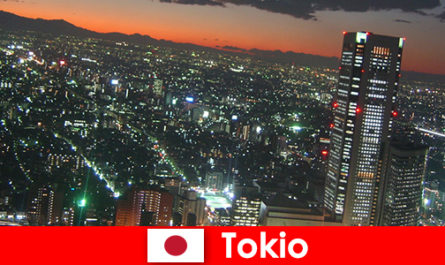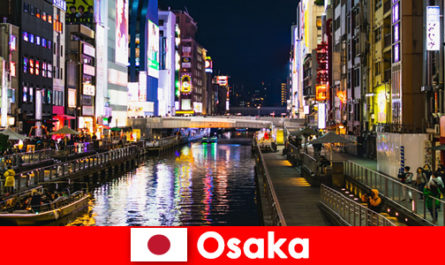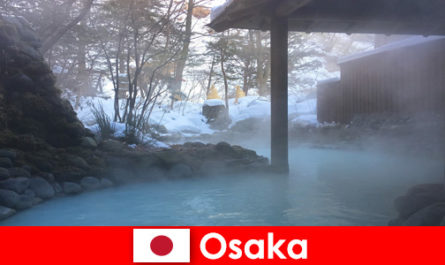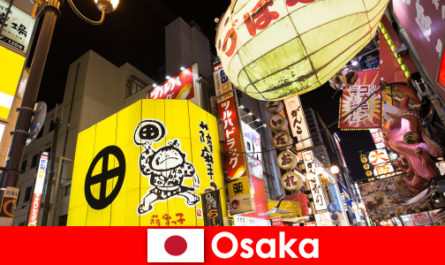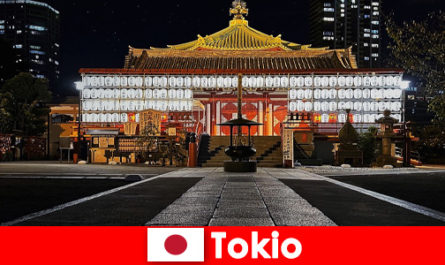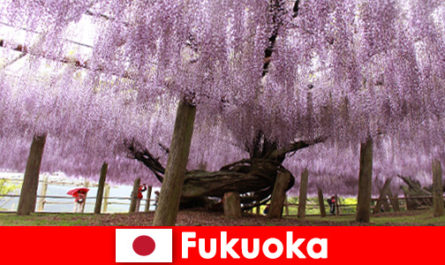Anyone who is enthusiastic about Japan and the special Japanese architecture cannot ignore the city of Kyoto. It is not for nothing that the former imperial residence is called the cultural heart of Japan. The city looks back on a lively 1200 year old history. Even today there are over 1600 Buddhist temples and 400 Shinto shrines, as well as numerous palaces and gardens to be admired here. This makes it a popular travel destination for foreigners. The main attractions of Kyoto are divided into three areas. The east, north and west of the city. Most of the city’s temples are located on the surrounding mountain slopes in the north.
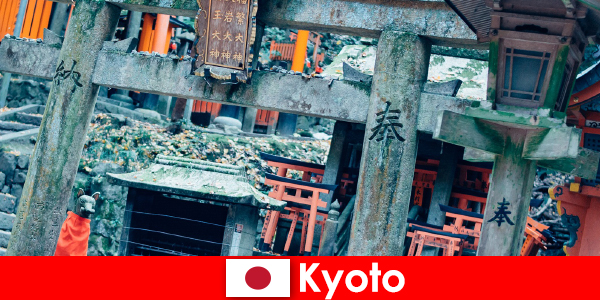
Traditional architecture in Kyoto
In the past, the city was laid out in a checkerboard shape according to classical geomancy. In this checkerboard structure, traditional wooden townhouses, which were called machiya, were lined up. The Machiya used to be the house of the common people. By a decision of the Japanese government in 1975, large parts of these streets were placed under monument protection. As a result, many former residents of the machiya, due to the high maintenance costs of the traditional wooden houses, were forced to look for new homes. Many of the old houses ended up in the hands of wealthier owners. Classically, the machiyas are a mixture of residential and commercial buildings. They have a very narrow front and a large building depth. Usually an inner courtyard follows. This unusual shape is based on the taxation at the time, which was based on the width of the shop front. The individual rooms in the machiyas are often separated from each other by traditional Japanese sliding doors. If you open this completely, the house is transformed into one large unit. The historic machiya can still be admired by foreigners in the Nishijin district in northwestern Kyoto.
The Imperial Palace
One of the main attractions of the city is clearly the Gosho Imperial Palace. This served as the emperor’s residence in Japan until 1868. Gosho refers to all walled buildings that are located in the park area between Imadegawa in the north, Marutamachi in the south, Karasuma in the west and Teramachi in the east. The walled area extends to about 1110 x 600 m. However, the actual imperial residence is only the palace complex in the north of the site. The park area can be used and entered by the general public. The imperial gardens are maintained by the imperial court office and are not easily accessible to the public. They are made available to the general public twice a year for one week each time. Visits are open to foreign visitors all year round, subject to prior registration. Japanese culture up close!
Temple complexes
Another cultural asset is the kinkaku-ji. A Buddhist temple, which is particularly known for its Shariden reliquary hall. The upper floors are completely covered with gold leaf. This special feature gave the building the name Kinkaku, which means “golden pavilion”. Because of the great popularity of this building, the entire complex is now known as the Kinkaku-ji, i.e. the Golden Pavilion Temple. The magnificent building rightly amazes!
The Ryoan-ji Temple with its famous rock garden is also worth a visit. Ryoan-ji means “temple of the calm dragon”. The temple was founded in 1499 as a Zen temple in northwest Kyoto. The Zen garden located within the temple complex is probably the most famous rock garden in Japan. It consists of an area of about 25 × 10 m of fair gravel with 15 stones, which are arranged in mossy groups. Fascinatingly, all the stones are visible at once from no point of the compass. A peaceful place with a lot to discover.
 Dansk
Dansk Deutsch
Deutsch Español
Español Français
Français Indonesia
Indonesia Italiano
Italiano Magyar
Magyar Melayu
Melayu Nederlands
Nederlands Polski
Polski Português
Português Русский
Русский Română
Română Tiếng Việt
Tiếng Việt Türkçe
Türkçe Українська
Українська български
български Ελληνικα
Ελληνικα 한국어
한국어 हिन्दी
हिन्दी 日本語
日本語 简体中文
简体中文